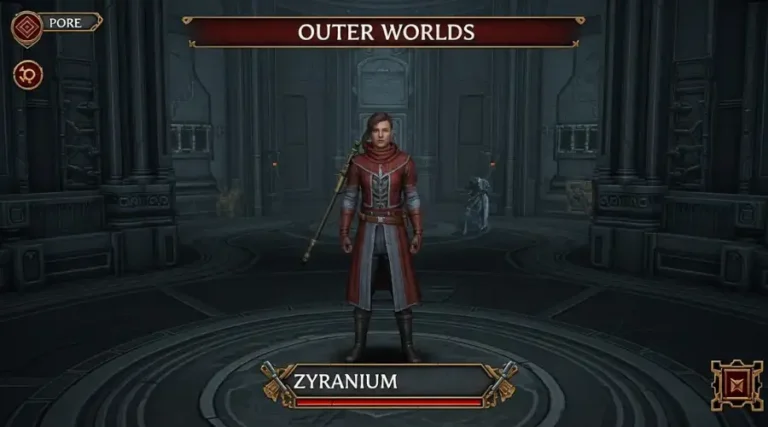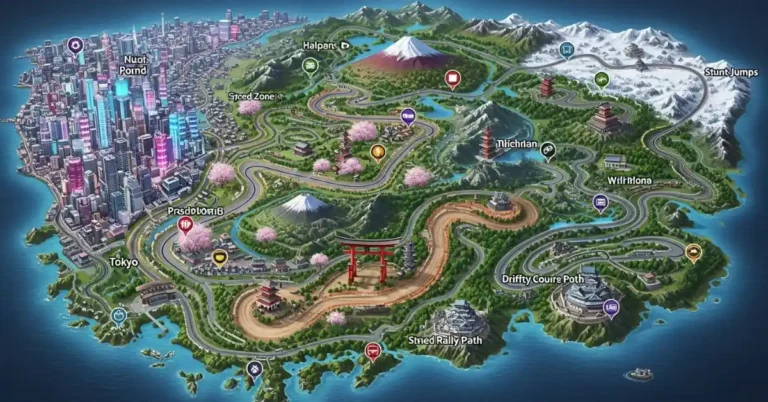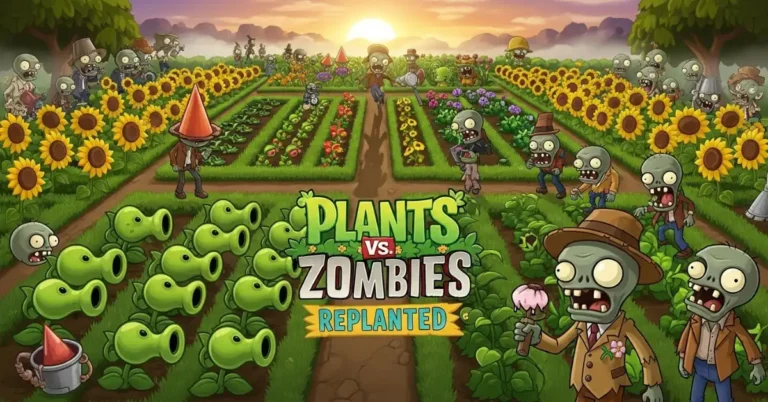Prolific D&D novelist R.A. Salvatore says writing around 4th Edition rules ‘almost broke’ him and he knew its setting changes were a mistake.
Few authors have shaped the worlds of fantasy and tabletop gaming like R.A. Salvatore, the prolific writer behind the legendary Forgotten Realms novels and the beloved dark elf, Drizzt Do’Urden. But despite his monumental success, even Salvatore faced creative struggles—particularly during Dungeons & Dragons’ 4th Edition era.
In a candid reflection, the renowned author admitted that writing around the 4th Edition rules “almost broke” him and that he immediately sensed the edition’s setting changes were a mistake. According to Salvatore, he even warned at the time: “In about five years, they’re going to come to us and say, ‘Bob, we got to fix this.’”
His comments highlight the tension between storytelling and game mechanics, and they shed light on one of D&D’s most controversial chapters.
The Legacy of R.A. Salvatore in Dungeons & Dragons
To understand why this statement carries such weight, it’s important to grasp R.A. Salvatore’s deep connection to D&D. For decades, his novels have expanded the Forgotten Realms, a cornerstone of D&D’s lore.
Salvatore’s most famous creation, Drizzt Do’Urden, first appeared in The Crystal Shard (1988) and quickly became a fan favorite. The series’ rich storytelling and moral depth brought unprecedented attention to D&D fiction, making Salvatore a defining voice for the franchise.
Because of this, when Dungeons & Dragons transitioned into its 4th Edition, Salvatore’s involvement wasn’t just that of an author—it was that of a creative steward safeguarding the spirit of the Realms.
So, when he says the 4th Edition changes “almost broke” him, it speaks volumes about the creative challenges that period brought.
The Challenge of Writing Under 4th Edition Rules
When Wizards of the Coast launched D&D 4th Edition in 2008, it was an ambitious overhaul designed to modernize the game. The rules emphasized streamlined combat, balance between classes, and video game-inspired mechanics.
However, this mechanical shift had profound implications for the lore and storytelling within the Forgotten Realms.
To align the narrative world with the new gameplay, the official setting underwent the Spellplague—a catastrophic event that reshaped the world, destroyed kingdoms, altered magic, and advanced the timeline by a century.
For Salvatore, this meant his beloved world was suddenly—and dramatically—different. Cities he’d written about were gone, deities had vanished, and the tone of the Realms shifted. Writing within these new constraints became emotionally and creatively exhausting.
He once explained that trying to fit characters and stories into a world that no longer felt familiar “almost broke” him as a writer.
Why Salvatore Believed the Setting Changes Were a Mistake
The Spellplague and timeline jump weren’t just cosmetic updates—they were structural upheavals. For long-time readers, the Forgotten Realms they knew had effectively been replaced.
Salvatore recognized early on that this approach risked alienating fans and erasing emotional continuity. The settings and characters readers had grown attached to were either transformed or removed entirely.
By advancing the world’s timeline by nearly 100 years, the 4th Edition effectively sidelined many of Salvatore’s existing characters. For an author deeply invested in continuity and emotional storytelling, this was a heavy blow.
He predicted that, in time, D&D’s creators would realize that this approach had gone too far—and that they’d eventually need to “fix” the Realms to bring back its heart. His prediction turned out to be remarkably accurate.
The Clash Between Storytelling and System Design
Salvatore’s experience underscores a larger conflict that often arises in long-running franchises: the tension between creative storytelling and systemic reinvention.
Game designers focus on mechanics, balance, and player experience. Novelists, on the other hand, prioritize worldbuilding, emotional arcs, and narrative coherence. When one side shifts too dramatically, the other inevitably feels the strain.
In D&D 4th Edition, much of the worldbuilding felt subservient to mechanics. Magic was rewritten, gods were removed, and geography itself was redefined—all to fit the new game framework.
For writers like Salvatore, this meant re-learning their own universe and retrofitting stories to match game design decisions. That process, he said, was not only difficult but creatively draining.
How the 4th Edition Era Changed the Forgotten Realms
The Spellplague fundamentally reshaped the landscape of Faerûn:
- Entire continents shifted or vanished.
- Magic became unpredictable, breaking long-established rules.
- Iconic gods like Mystra were killed off.
- Kingdoms like Cormyr and Waterdeep were thrown into chaos.
- The Weave—the very foundation of magical storytelling—was destroyed.
This chaotic new setting was meant to feel fresh and unpredictable, but many fans found it disorienting and detached from the world they loved.
For Salvatore, who had spent decades weaving complex relationships between magic, morality, and heroism, the new continuity felt like a rupture rather than an evolution.
Despite these challenges, he continued writing within the setting, striving to honor the characters’ emotional truth even as the world around them transformed.
In Five Years, They’ll Come Back and Fix It” — And They Did
Salvatore’s prediction—made at the height of the 4th Edition era—proved prophetic. About five years later, Dungeons & Dragons 5th Edition was announced, and one of its core missions was to restore the heart of the Forgotten Realms.
The Sundering event, which took place between 2013 and 2014, was the narrative bridge that reversed many of 4th Edition’s controversial changes. It was designed to rebuild the Realms’ history, revive old gods, and return to the tone that had made it beloved.
Salvatore played a central role in this transition. His novels during The Sundering era helped guide readers through the shift back to familiar territory.
In many ways, his perseverance—and his warnings—helped shape the direction of D&D’s recovery.
The Creative Toll on an Author
While the outcome ultimately vindicated Salvatore’s instincts, the emotional cost was significant. Writing within a framework that didn’t align with his storytelling philosophy was, as he said, “almost enough to break” him.
Imagine crafting a world for decades, only to see it rewritten overnight. Then being asked to continue writing in that altered version. That’s the situation Salvatore faced—balancing loyalty to his readers, creative integrity, and the demands of a new game edition.
Still, he persevered, proving his dedication not just to D&D but to the craft of storytelling itself. His ability to adapt while preserving the essence of his characters remains one of his greatest achievements as an author.
Lessons for Writers and Game Designers
Salvatore’s experience offers valuable lessons for anyone involved in creative franchises:
- Respect the continuity of the world. Major changes can reinvigorate a series—but they risk erasing what fans love.
- Balance innovation with legacy. The best systems evolve without alienating their foundation.
- Collaborate early. Writers and designers should work hand-in-hand so that mechanics and lore evolve together.
- Listen to your storytellers. Creators who’ve lived inside a world for decades often understand its emotional heartbeat better than anyone else.
Salvatore’s warnings weren’t just frustration—they were foresight. And history proved him right.
Conclusion
R.A. Salvatore’s candid reflection on writing around D&D’s 4th Edition rules is more than a complaint it’s a testament to the enduring power of creative integrity. When he said the edition “almost broke” him, he wasn’t exaggerating the emotional toll of writing in a world that suddenly felt alien.
Yet his resilience, foresight, and deep love for the Forgotten Realms ultimately helped restore what made Dungeons & Dragons magical in the first place.
In the end, Salvatore’s journey reminds us that even when worlds are rewritten, great storytelling endures and sometimes, it takes a broken moment to rebuild something stronger.







